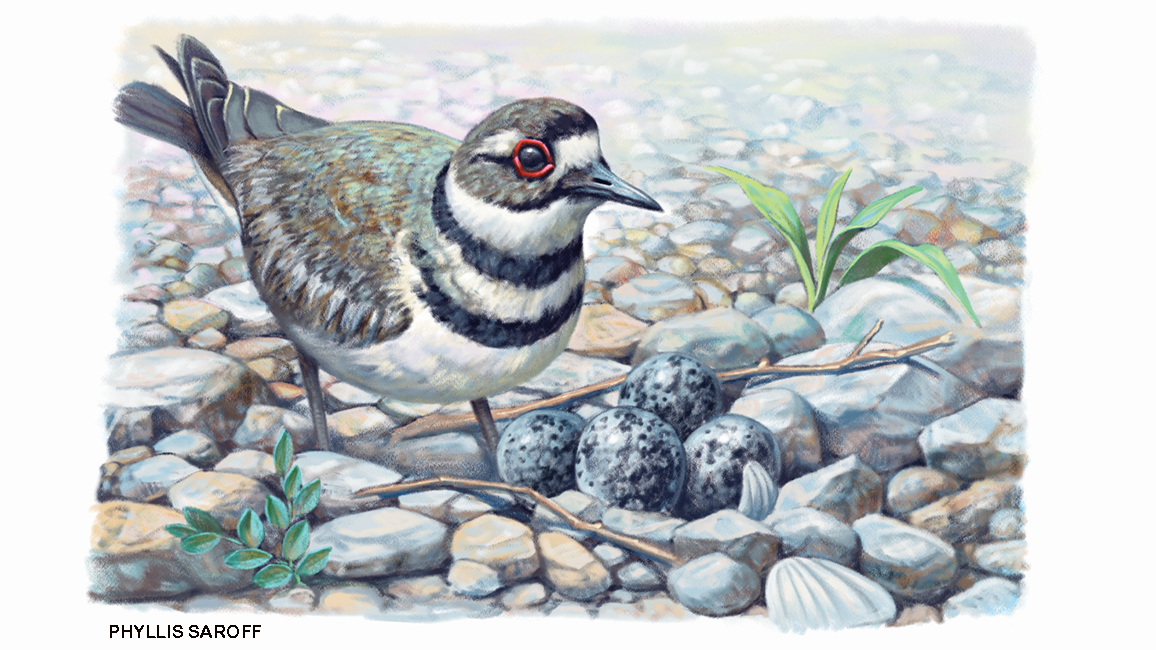
Which Nest is Best?
By Kate Hofmann; Art by Phyllis SaroffIt all depends on the bird. Check it out!
For most birds, life begins in a nest. The nest holds the eggs and chicks. It also helps shelter the delicate eggs and baby birds from the weather and from predators. But not all nests are alike.
They come in different shapes, sizes, styles, and settings. Here are a few examples.
BETWEEN THE BRANCHES
A robin builds a classic cup-shaped nest of grasses and mud, often at the fork where two branches meet.
OUT ON A LIMB
A hummingbird makes a tiny cup nest, mostly from soft, fuzzy plant material. It weaves everything together with sticky spider silk and then adds bits of lichen (LYE-ken) for camouflage.
IN A TREE HOLE
A woodpecker pecks out its own cavity (hole) in the trunk of a dead or dying tree. Once the woodpecker family leaves, a chickadee or other cavity-nester may move in.
DANGLING FROM ABOVE
An oriole is well known for its impressive nest construction. It weaves together fluffy and stringy plant bits into a bag-shaped nest that hangs under a branch.
ON THE GROUND
Not all birds nest in trees! An ovenbird builds its dome-shaped nest on the forest floor, using bits and pieces of whatever it finds nearby. The “side door” makes it look like an old-fashioned oven. Finally, leaves and twigs are added on top for protection and camouflage.
IN THE OPEN
Some birds don’t make nests at all! A killdeer scratches out a spot on bare or rocky ground for its eggs. It’s a good thing that the bird and its speckled eggs are well camouflaged.
AT THE SHORE
Many kinds of waterfowl nest on the ground. Some—such as this Canada goose—use mud, sticks, and plant bits to build a platform in or near the edge of a lake or waterway.
WITH THE GANG
Most seabirds nest together in groups called colonies. Some build nests in trees; others nest on the ground or on bare rocks. Some—such as these kittiwakes—use cliffs or sea coves. Many use very few nesting materials or none at all.
























